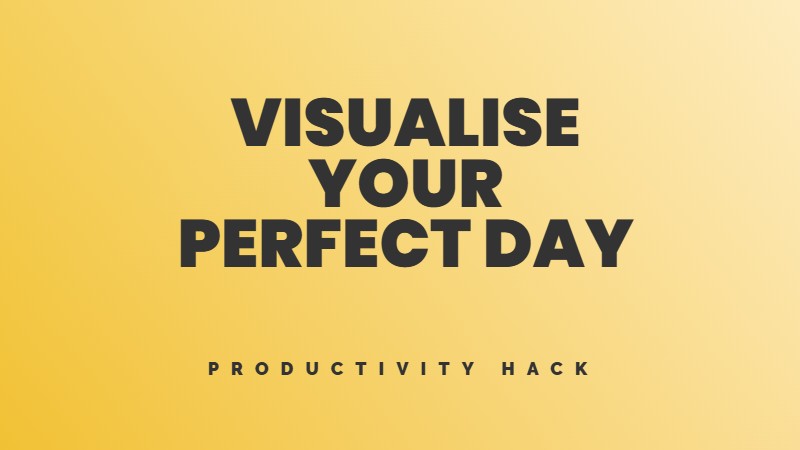Traditional to-do lists lie flat on the page, but your work doesn’t.
I spent years staring at traditional, linear task lists, wondering why I felt constantly overwhelmed. My tasks looked like separate islands with no prioritizations and connections between them. How could I choose between tasks when I couldn’t see how they related to each other?
Turn your flat list into a purposeful list with visual priorities and connections.
Turn your overwhelming to-do list into organized actions
Traditional to-do lists fail because they don’t help you sort what truly matters from what just takes up space.
The 1-3-Nexts mind-mapping/outline method solves this by visually and hierarchically showing you the prioritization and connections between your tasks, making it clear what deserves your attention first.
What is the 1-3-Nexts method?
The visual 1-3-Nexzts method builds on the popular productivity structure where you focus on different tiers of importance. But it adds the power of visual organization through mind-mapping or outlining your tasks.
With this system, you:
The magic happens when you see these relationships visually mapped out rather than as a flat list.
How the 1-3-Nexts method works
Step 1: Create your “My To-Do List” topic
Start with a blank mind map or outline and create a main/root topic named “My To-Do List” for today’s tasks.
Step 2: Brain dump everything
Under your main to-do list topic, sub-list every task on your radar. Include both new tasks and copy-paste any unfinished items from yesterday. This gets everything out of your head and onto the page.
Step 3: Identify your most important task
Review every task you have listed and select the single most important task for today, the one that will make the biggest impact on your goals.
Step 4: Select 3 next-priority tasks
Choose three tasks that are the next important tasks to-do today, and sub-list them under your most important task.
Step 5: Distribute the remaining tasks
Take the remaining tasks and sub-list them under your three medium-priority tasks if they are somehow connected to any of the 3 tasks, and then put the remaining tasks into a Nexts topic.
Why the visual 1-3-Nexts method works
Traditional to-do lists fail because they:
The 1-3-Nexts method fixes these problems by:
Tips for getting started
Common questions
What if I don’t finish my most important task?
Move it to tomorrow’s map and make it your “1” again. If this happens repeatedly, your task might be too big. Break it down into smaller steps.
Can I have more than one “most important” task?
No. The method works because it forces you to make hard choices about what truly matters most. Having two “most important” tasks defeats the purpose.
What about unexpected tasks that come up?
Add them to your mind map when they arise, placing them on the appropriate branch based on their importance. Sometimes, you’ll need to adjust your priorities.
Make the 1-3-Nexts method yours
The magic of the visual 1-3-Nexts method lies in its brutal honesty about what truly matters. Most to-do lists fail because they let you lie to yourself about what you can actually finish in a day.
This method strips away that comfortable fiction. When you select your most important task for the day, and branch out your tasks, you face the truth. Some tasks matter more than others. This visual structure forces you to make tough choices about your priorities, the exact choices most of us avoid making.
I’ve watched this method transform chronic procrastinators into focused achievers. People who once flailed under the weight of endless lists now finish their most important work first, every day.
The beauty isn’t just in getting more done. It’s in getting the right things done. When you finish that one critical task, you’ve already won the day. Everything else becomes a bonus.




Deixe comentários sobre isso